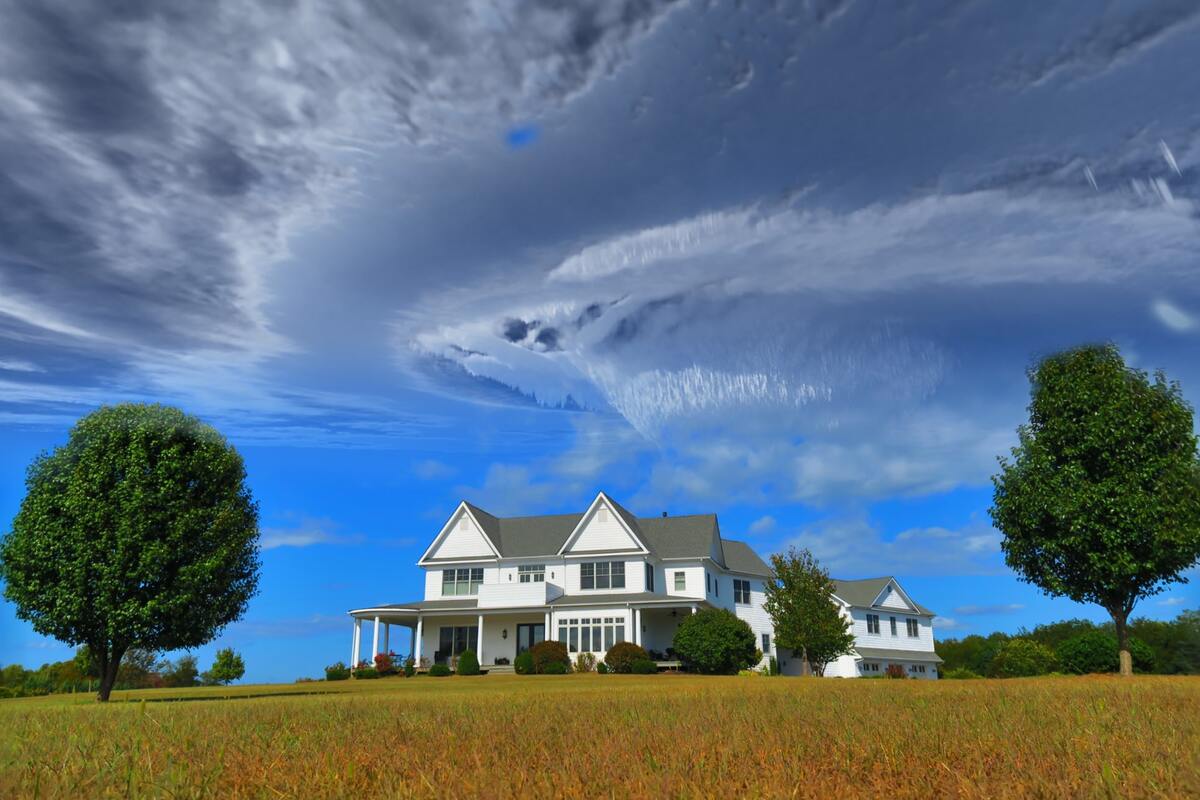Climate Change Makes Building Rehabilitation Critical

As global temperatures rise, weather patterns change, causing adverse impacts on residential and commercial properties. Environmentalists and builders search for ways to improve the stability of structures during mass ecological transitions. Updating previously constructed buildings and adding climate change resistance features is a sustainable development model.
Restoration is becoming a popular building technique in the modern era. During the process, construction professionals enhance current buildings, increasing their resilience and longevity. Builders may assess the various impacts associated with climate change to effectively rehabilitate structures.
The Adverse Effects of Climate Change on Properties
Three major climate change effects decrease the stability of residential and commercial buildings. The first ecological effect is associated with sea levels rising. When ice sheets and glaciers melt, they add more water to the ocean, submerging coastlines.
The increase in seawater temperatures also expands its volume, further elevating sea levels. As shorelines dissipate, buildings become submerged and more prone to flooding. Rising tides also worsen storm surges, creating challenges during hurricanes and tropical storms.
Another effect of climate change on buildings is the increased precipitation rate. As the planet becomes warmer, the evaporation rate rises and creates water displacement. Frequent rainstorms cause a higher risk for flooding and material degradation in buildings.
The final impact of rising temperatures on structures is the increase in natural disaster frequency. As ocean surface temperatures increase, hurricanes may become more intense. The National Oceanic and Atmospheric Administration (NOAA) predicts a rise in category 4 and 5 hurricanes in the coming years. Researchers also expect wind speeds during hurricanes to increase by nearly 10% on average.
After evaluating climate change’s impacts on residential and commercial structures, construction professionals established five ways to enhance buildings’ resilience.
Preventing Stormwater Damage
Builders can prevent stormwater damage from high precipitation rates and enhanced surges by repairing degrading materials. Professionals may assess a structure, scanning it for leaks and damage. A building’s roof is a common point of entry for stormwater, making it one of the most critical elements to rehabilitate for water mitigation.
Construction professionals can repair or replace a roof to increase a structure’s resistance to damage. They may also place a home on stilts in flood zones, preventing ground-level flooding. Individuals may additionally improve a building’s resistance to climate change by minimizing wind-related damage.
Protecting Roofs From High Winds
As the frequency of hurricanes increases, homeowners may experience more roof damage. Builders can rehabilitate structures to decrease damage by adding a hip roof. This feature contains at least four panels, reducing the effects of increased wind loads.
Construction professionals may also add a central shaft to the rooftop to enhance its aerodynamic capabilities. The hip style and central shaft can protect a roof from lifting and other forms of damage during high wind speeds.
Adding Renewable Energy Systems
Power outages from storms and other climate change-related occurrences cost some countries nearly $150 billion each year. Builders can decrease the adverse effects associated with commercial structures by installing renewable energy systems. The technologies decrease a building’s reliance on the conventional energy grid.
Construction professionals can place solar panels on a building’s roof, helping individuals source electricity independently during outages. The technology also delivers cost-effective power, helping residents and building owners save money through natural disasters. Builders may additionally decrease the adverse effects associated with droughts by rehabilitating structures.
Building Drought-Resistant Communities
As climate change increases the global evaporation rate, water displacement causes longer drought periods in many regions. Construction professionals may minimize the effects of droughts by installing rainwater harvesting systems in buildings. The technology captures and stores stormwater for emergency uses.
Pumps can filter the water through a purification system, helping individuals access clean resources for drinking, cleaning, bathing, and agriculture. Builders can also plant more trees and vegetation around buildings to recharge the groundwater and minimize the effects of soil erosion on a structure’s stability. Decreasing soil erosion improves the longevity of a building’s foundation and materials.
Creating Cooler Homes
Builders may increase a structure’s resistance to rising summer temperatures by installing cool roofs. The structures utilize light-colored, reflective roofing materials to lower indoor temperatures during heatwaves. Cool roofs may decrease a building’s internal temperature by 50° Fahrenheit on average.
Minimizing Climate Change With Sustainable Structures
Builders can also target the origin of climate change by enhancing the sustainability of structures. Adding renewable energy technologies and rainwater harvesting systems to buildings may decrease greenhouse gas emissions and resource exploitation. They may additionally install energy-efficiency features in residential and commercial structures, like smart appliances, to decrease emissions and improve global ecological conditions.



